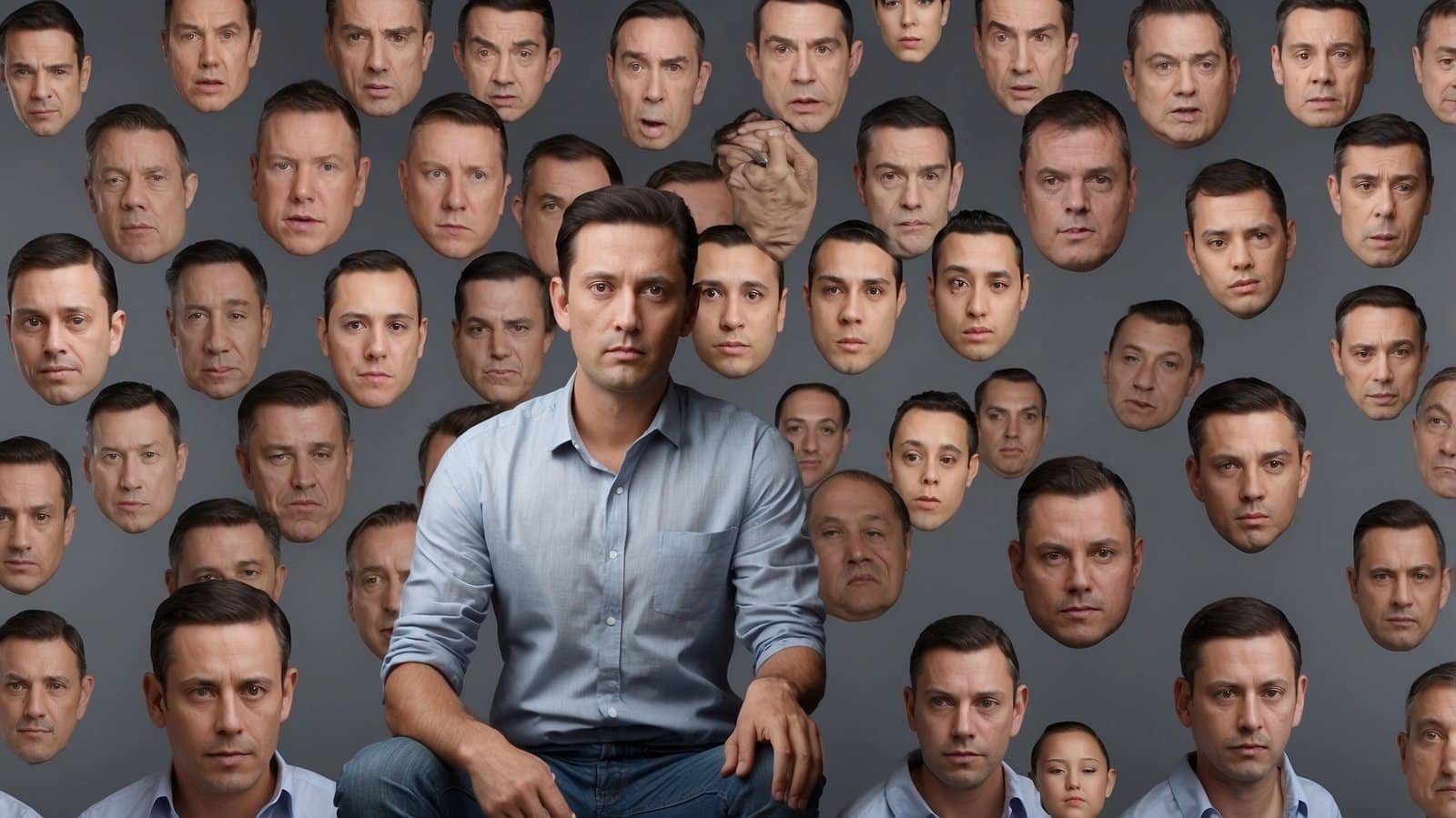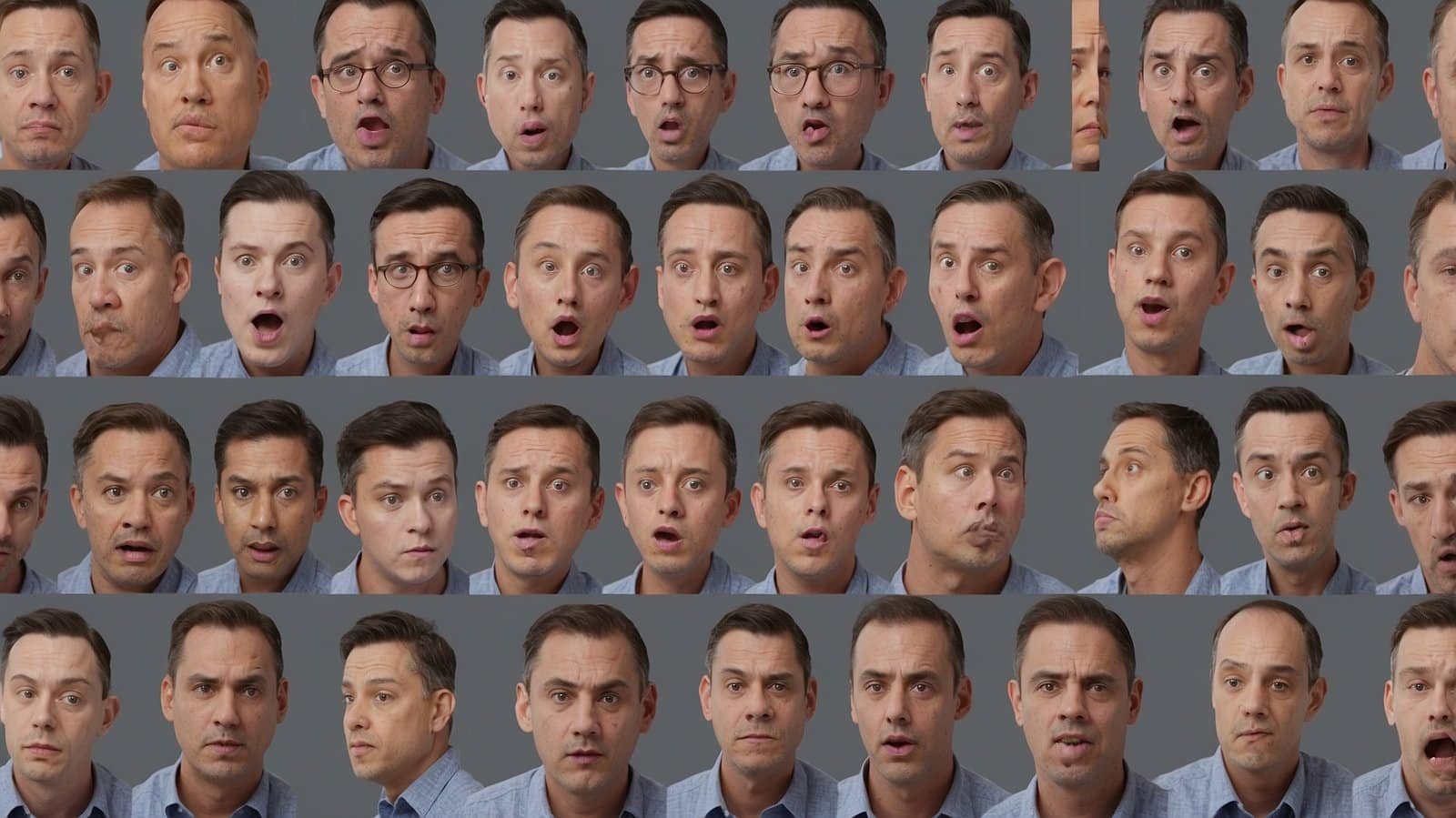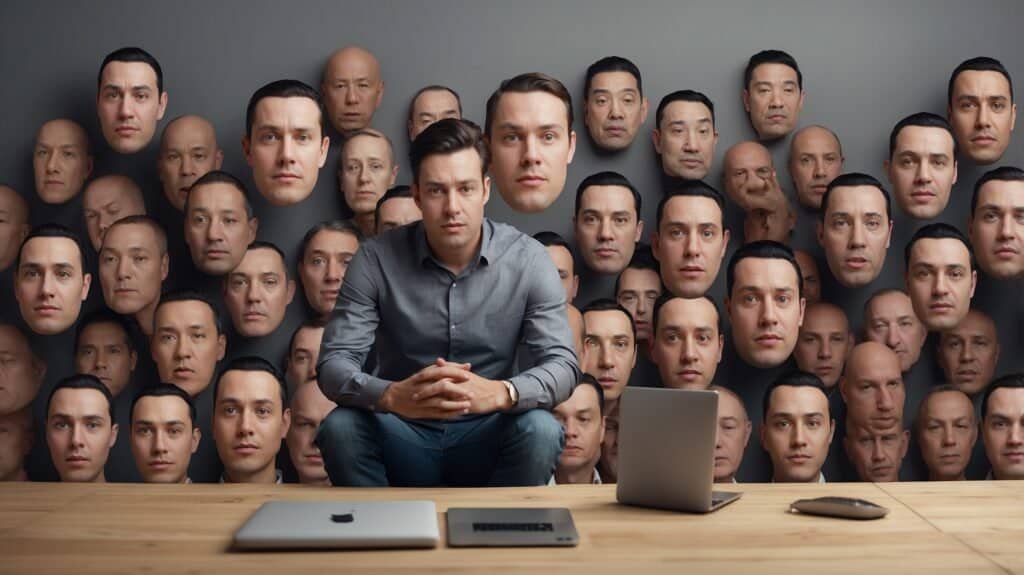In this current society of AI Face Video, you can expect all around the world that people can create Face videos with diverse innovative styles and best viewing. People have unique mind-creativity inspiration for face-to-face video; it gives us plenty of variety in entertainment platforms. However, any ace of AI face video making is not only beneficial; there will be more difficulties when people try it. From the way we use computers to the technical problems, AI face video use cases has never been an easy route, even when mistakes happen in face video making. This article can help you think about how to make things in the right direction with good ethics for AI face creation.
Understanding the Challenges in AI Face Video Creation
AI-face video makes videos of human faces through either creating or modifying images supervised by artificial intelligence to suit the discerning needs of entertainment, marketing or instructional purposes. The advancement of the art has significant limitations that can affect its production process. These inadequacies can be captured in technical, ethical and strategic questions.
Navigating Technical Limitations
While AI technology has made considerable progress, many technical challenges nevertheless remain unsolved while creating AI face videos, including video quality, the unnaturalness of facial movements, the difficulty in integrating an AI face into the real world, processing power constrained by hardware, and computation resources which a creator might not afford with ordinary hardware.
Solution: In addition to creative skills, technical problems must be solved by using AI tools that are designed to make those problems as infrequent as possible. Workflows must also be made effective and smooth, and tasks that require a lot of computing power must be sent to cloud-based AI services to make the local resources even less stressed. This ultimately results in faster delivery times.

Addressing Ethical and Privacy Concerns
Ethical issues surrounding AI face video have also arisen, relating to privacy and misuse, for example, because the technology allows for the creation of extremely convincing deepfakes that could be used to spread misinformation or otherwise violate the privacy of individuals. Bias in AI is a related concern: an AI’s biases will mimic those of humans whose data has been used to train it; this is because, unlike humans, an AI’s entire ‘way of thinking’ is built from the data it is provided. A recent study showed that AI-generated faces, such as those created by Midjourney and Stable Diffusion, can reflect preexisting racial stereotypes regarding appearance.
Solution: The ethical use of AI needs to be balanced, and people need to be sure that any generated content is real and made with their permission. There should also be ways to fix harmful or misleading versions of that generated content, like facial recognition of minority groups, all while following strict ethical rules. Ongoing proofing and recognition of AI errors and biases is also necessary for ethical use.
Overcoming Data Quality Issues
quality of data is one of the key factors in training AI. Inaccurate data can produce inaccurate or unrealistic video outputs that can undermine the effectiveness of your content pieces. The most common issues include incomplete data sets, biased data, and resolution problems with images or videos.
Solution: First, obtain high-quality data. Then, build systematic data processes, such as cleansing and normalising data, to make sure it is usable when processed into AI models. When there is insufficient data, employ a synthetic data generation technique to add more data, greatly improving the AI’s consistency to produce more realistic and natural-looking videos.

Managing Expectations and Strategic Clarity
Another common danger when working on an AI project is to hope that the outcome will be beyond the current capabilities of the technology. When this happens, the disappointment can derail a project and waste potentially valuable resources. Sadly, this problem is certainly a factor in many AI face-to-face video projects.
Solution: belong to a supporting structure of realistic targets that should be set from the start: say, what an AI can and cannot do, but also realistic and measurable targets for how a project is to succeed. This can be done by establishing benchmarks early on and revisiting them from time to time to make sure the project is progressing along the chosen development trajectory.
Building a Collaborative and Skilled Team
Creating high-quality AI face videos isn’t a solo gig; it’s a collective effort involving an AI engineer, a video editor, a content creator and many other hard-working designers and technicians who help bring a project to life. And in such a nascent yet fast-growing field as the AI sector, that doesn’t make hiring and retaining talent any easier.
Solution: Building an internal skills base through training and coaching new hires into your organization while also partnering with external AI expertise, such as from academic centres or AI consultancies, can plug the skills gap.
Overcoming Cultural Resistance and Promoting Digital Literacy
Similar to any new technology, AI faces resistance inside organizations, especially from people who are not well informed about it, hence doubting its capability. This inertia delays the implementation of AI tools and hampers the success of AI projects.
Solution: By encouraging a culture of innovation and digital literacy, people can be freed of this resistance. This means training them to understand the value that AI can provide, showing them successful use cases, and encouraging them to be early adopters and experiment with AI tools to see how they can be applied to their workflows. A proper cultural shift should allow the organisation to integrate AI into its workflows.

Ensuring Continuous Improvement Through Feedback
Fourth, like AIs in general, these AI-face video projects will need to keep getting better. AI is a constantly evolving technology, and best practice today will not necessarily be best practice tomorrow. Feedback from viewers, senior stakeholders and team members is therefore essential to refreshing the AI outputs as well as staying on track with the aims of the project.
Solution: Require the use of a feedback loop—for example, a quarterly review of the content created by an AI, followed by iterative improvement based on this feedback. This ensures that the content remains useful, engaging and ‘on message’ (source: Softensity)
Conclusion: From Confusion to Clarity
It’s a complex process, but well worth mastering. If creators can avoid the pitfalls, they’ll not only achieve “singing” face videos; they’ll also be able to get from the muck of confusion and ambiguity to clarity and dramatically increase the perceived humanity and impact of their content. Along the way, they’ll also continue to raise our collective awareness of the potential and pitfalls of this exciting and growing body of work.

